Managing nutrient and pesticide needs in agriculture
Lessons
# Nutrients Needed for Proper Crop Development
Introduces cat-ion exchange and pH of the soil, scouting as a necessary component of farming, the anatomy of plants how those parts play a role in nutrient uptake, and the chemistry of macro- and micronutrients.
Files
# The Needs of Plants
Illustrates the flow of energy that is needed for plant growth, addresses the cycling of matter, the stages of growth and development of corn and soybeans, and the importance of water and temperature as it applies to growth and development.
Files
# Understanding How to Benefit Crop Production
Illustrates the different products that are added to fields that encourage the plants’ growth and development, defines the term precision agriculture, explains the federal laws the govern the application of fertilizers and pesticides, and categorizes the use of pesticides in the form of insecticides, herbicides and fungicides.
Files
# Field Applications in Agriculture
Shows how applications are made to a field, discusses the importance of Nutrient Stewardship, and outlines the necessary aspects of proper application using liquid sprayers
Files
# How to Select an Appropriate Nozzle
Describes the types of nozzles that can be used on a sprayer, discusses the over and under application of chemicals, introduces students to the term drift and persistence of chemicals in the environment. Students calculate 1) values for spray tip geometry and 2) calculate and graph spray pressure volumes.
Files
# Herbicide Management Simulation
Simulation requires students to work on a fictitious farm and determine the right herbicide for their crops and the right tip for the application of their herbicide.
Files
Teacher background
The topic of agriculture is one that takes up little time in the normal scope and sequence of most classrooms these days. It may in fact be one of the most important concepts that can be taught to students because of the many practical applications and the impact that it has on our lives and our food security.
Effects on the Economy: According to the US Department of Agriculture, agriculture contributes in large part to the US economy. Here are just a few examples of the impact agriculture has:
- Agriculture and agriculture-related industries contributed $789 billion to the U.S. gross domestic product (GDP) in 2013, equivalent to a 4.7% share
- Agricultural production is a major use of land, accounting for over half of the U.S. land base
- American households spend 13% of their income on food.
- Agriculture and its related industries provide 9.2 % of U.S. employment
- Food manufacturing accounts for 14% of all U.S. manufacturing employees
Effects on the Labor Force: According to the US Department of Labor, Bureau of Labor Statistics (http://www.bls.gov/cps/cpsaat15.htm#cps_eeann_emp_ ag_nonag_cow.f.1) the total number of workers employed in U.S. agriculture-related jobs in 2014, was more than 2.3 million people. The jobs that they held included agriculture and food scientists, food science technicians, agricultural workers, agricultural inspectors, agricultural managers and agricultural engineers, who are improving technology to allow farmers to be more precise and efficient.
Crop growth is based on the right nutrients being available to the plant at the right time. These nutrients, along with energy from the sun and moisture in the ground, are constantly on the minds of farmers. Although sprayers are not new technology, they are changing as precision agriculture continues to grow in usage. Farmers desire better control of the chemical applications and companies like TeeJet.com are working to provide the tools to do the job.
Lately, water quality issues have gained increased coverage in the media. This coverage and recent events have begun to lead to increased regulations. Farmers, always invested in maintaining soil and water quality for themselves and their neighbors, are increasingly pressed to understand the process of applying the right chemical, in the right amount, at the right time, and in the right place to assure that the production environment has optimum growing conditions without creating adverse effects to the environment.
<small>*A <em>threaded PBL</em> provides a way in which content knowledge is developed over the scope of a class that culminates in a real life problem and is relevant to a real world problem. The sequence is not based on a textbook; it is based on what has been deemed an appropriate sequence that exposes students to the content necessary: in this case, a college preparatory Environmental Science or AP Environmental Science class, yet it could be applied to many other classes, as well.</small>
Next gen science standards
Science and engineering practices
- Asking questions (for science) and defining problems (for engineering)
- Developing and using models
- Analyzing and interpreting data
- Using mathematics and computational thinking
- Constructing explanations (for science) and designing solutions (for engineering)
- Engaging in argument from evidence
- Obtaining, evaluating, and communicating information
Crosscutting concepts
- Patterns
- Cause and effect
- Scale, proportion, and quantity
- Systems and system models
- Energy and matter
Disciplinary core ideas/content
- ESS2A Earth materials and systems
- ESS3C Human impacts on Earth systems
- LS1A Structure and Function
- LS1C Organization for matter and energy flow in organisms
- LS2A Interdependent relationships in ecosystems
- LS2B Cycles of matter and energy transfer in ecosystems
- LS2C Ecosystem dynamics, functioning and resilience
- PS1B Chemical reactions
- PS3D Energy in chemical processes and everyday life
- PS4C Information technologies and instrumentation
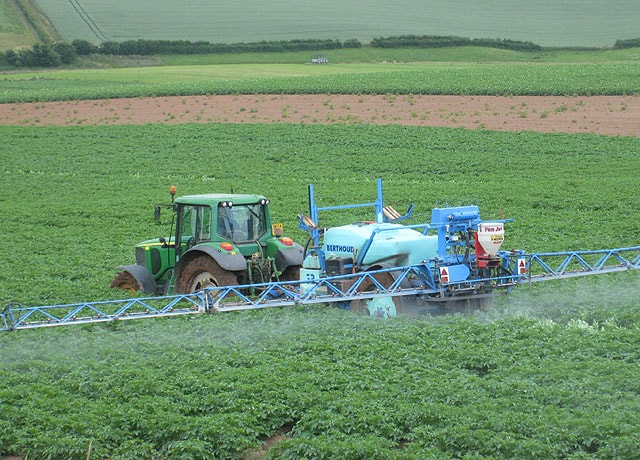

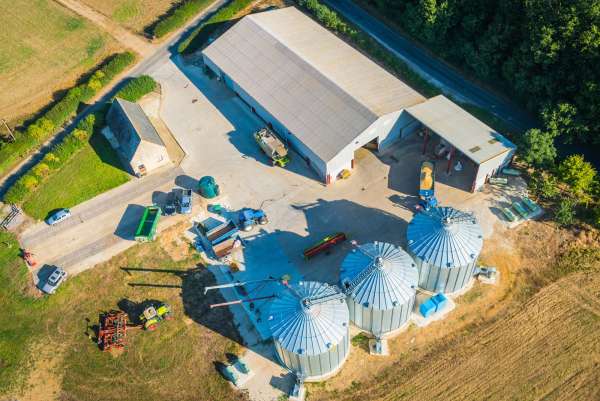
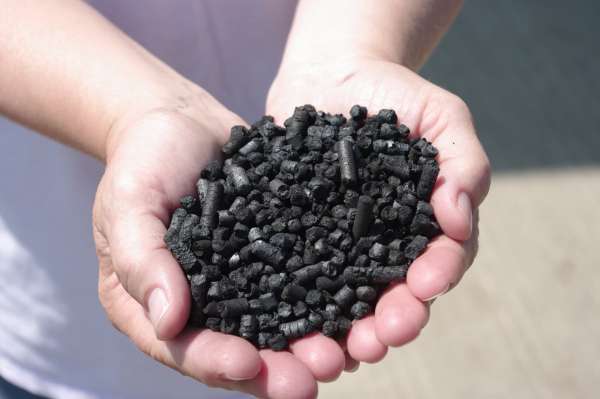
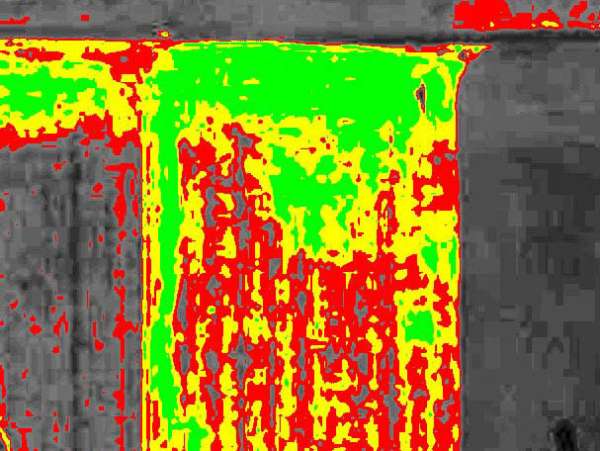
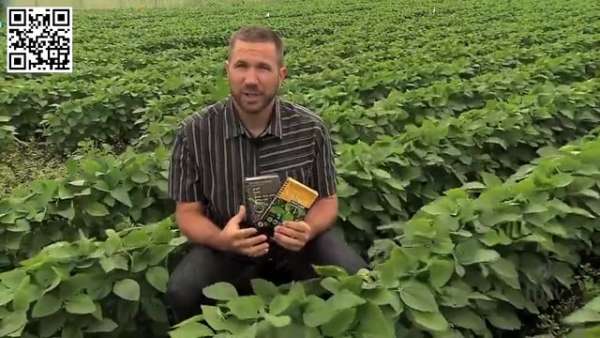
Share this